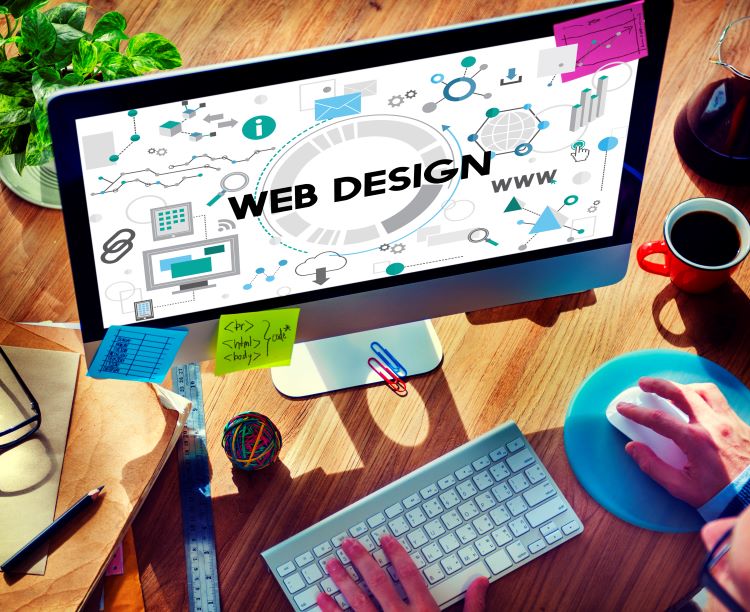Optimizing Website Design & Development for Foldable Screen Resolutions
In the rapidly evolving world of technology, how we access the internet constantly evolves. This year we have seen the introduction of foldable devices and smartphones with larger screens. Thus, it is more important than ever to ensure that the website design and web development adapt to new form factors. In this blog, we will explore the key principles of responsive web design and how web design services use them for brand-new foldable smartphones.
Responsive Website Design and Web Development for the Foldable Phones
The first thing to consider is the concept of responsive design. This approach to the website includes creating a flexible layout that will adjust to the size and resolution of the device where it is being viewed. Thus, the same website shall look and function differently on a smartphone, a desktop, and a tablet.
When it is about the new generation of foldable devices and smartphones, it is crucial to think about the unique form factors of the devices. Foldable devices like Samsung Galaxy Fold, Huawei Mate X2, and Oppo Find N have flexible screens that you can fold in half. Thus, it means the website should be able to adapt to different screen sizes and orientations when it is folded and unfolded again. For responsive website design and web development on foldable devices, flexible grid, and media queries must adjust to different screen sizes and orientations.
Addressing the Reachability:
The problem with reachability on foldable devices is the screens are larger than the traditional smartphones. Thus, it is difficult for the users to reach all the parts of the screen in one hand. It is especially problematic for users with disabilities.
When a foldable device is opened, it is likely that it will reach the top quarter of the screen and will be difficult to access for most users unless they adjust their grip. Thus, it is important to limit the number of interactions in this area.
Furthermore, it is also crucial to avoid the essential interactive elements too close to the bottom edge of the screen because it might be difficult for some users, especially with larger hands. The middle area is most commonly used and should be the focus area.
Addressing the Hinge:
The hinge in the centre is what makes the foldable phones so unique. There are two types of hinges on foldable phones.
- Seamless hinge across the screen
- A hinge that physically divides the screen in two
When it comes to website design and development for foldable phones, it is better to avoid placing elements directly on the hinge. Figure out the device posture while accounting for the hinge. This is achieved with the help of flexible grids, media queries, and screen Fold API.
Flexible Grids:
The website design and development services for foldable phones require a special focus on using flexible grids. The grids are a fundamental aspect of web design, and they will help in organizing the content in a logical manner. By using a flexible grid, the website’s layout will adjust to the size of the screen and ensure that the content is easy to read and navigate. This is important for foldable smartphones because the screen size and orientation might change when the device is folded and unfolded. Using a flexible device grid will allow the website to adapt to the changes and ensure the content is displayed correctly, irrespective of the screen size. Also, a flexible grid allows better accessibility and readability for the different screen readers and devices.








